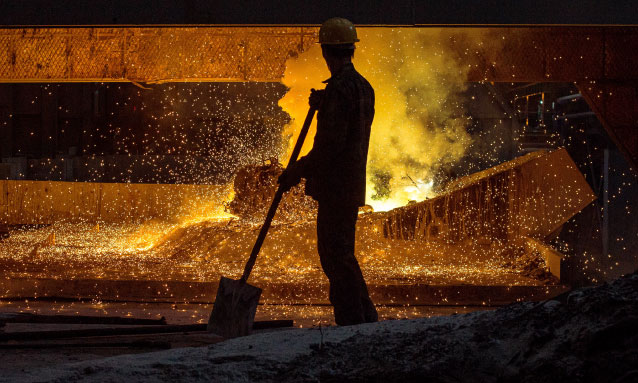
TSX-V-listed Tsodilo Resources has entered into a research collaboration with the Department of Chemical, Materials and Metallurgical Engineering at the Botswana International University of Science and Technology (BIUST) and Morupule Coal Mine (MCM) to undertake metallurgical studies with respect to the potential of generating a pellet feed and direct reduced iron (DRI) product from the Xaudum Iron Formation (XIF) using its magnetite and MCM’s coal as a reductant.
Commercially, these high-grade pellets and DRI product from Tsodilo’s wholly-owned Xaudum project in Botswana could be used to produce steel within Botswana, the Southern African region and internationally. Tsodilo on June 23 said a fundamental shift was underway within the steel industry, with steel producers under pressure to reduce their carbon footprint by producing steel with lower carbon emissions. Carbon emissions account for about 80% of greenhouse-gas emissions, with the steelmaking market contributing about 6% of global carbon emissions.
Major corporations including steel producers are focusing on decarbonising, as they target carbon neutrality. Tsodilo’s metallurgical results show that the XIF magnetite product is expected to be a premium high-grade product containing over 67% iron magnetite. The product will be ideal pellet feed material, placing the XIF in the top 4% to 5% of producers in the world by iron grade. The business case for generating pellet feed, DRI products and low emission steel from the XIF magnetite is just one of the scenarios that are to be evaluated in the company’s current preliminary economic assessment (PEA).
Tsodilo chairperson and CEO James Bruchs said the extra level of beneficiation within Botswana would create added value and benefits in the form of increased revenue and employment opportunities.
“This is just one scenario option among several that our PEA will evaluate. The PEA will be a roadmap for the development of the XIF towards production,” he added.



